Have you ever looked into your dog’s eyes and wondered what’s going on behind that wagging tail and those floppy ears? Dogs have a way of making us feel like the center of their universe, but sometimes they leave us scratching our heads—or even a little frustrated. Whether your dog is snuggling up for a nap or barking at the mailman like he’s public enemy number one, every quirky behavior has a reason. Let’s dive into the fascinating world of canine companionship, uncovering the ways your pup tries to bond (and a few habits that just drive you up the wall). You might be surprised to find that some of the things you find most annoying are actually your dog’s way of saying, “I love you.” Ready to see your dog’s antics in a whole new light?
Gazing Into Your Eyes
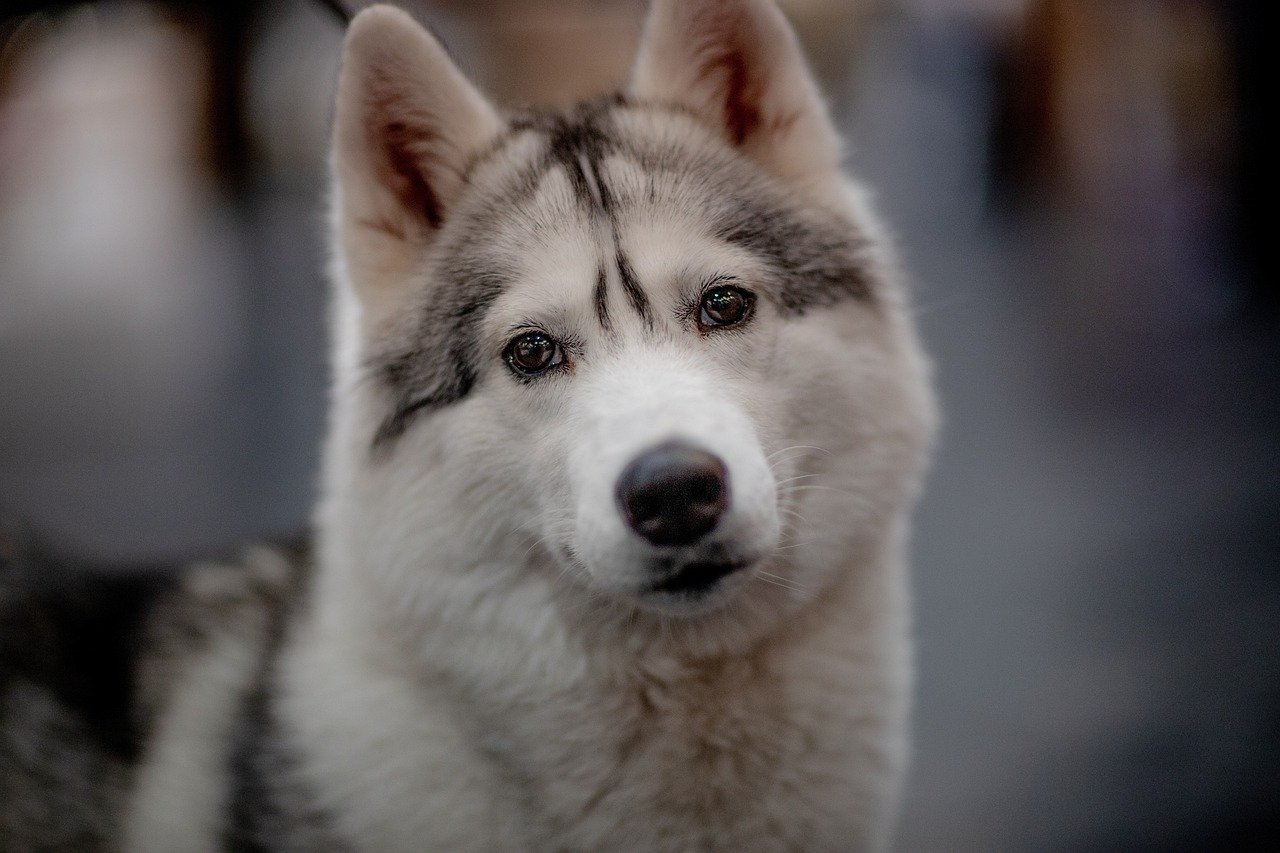
Dogs have endless ways of showing love, loyalty, and connection—but not all of them land the way they intend. From heart-melting gestures that deepen your bond to quirky habits that test your patience, your pup’s behavior is often a mix of affection and accidental annoyance.
When your dog looks deeply into your eyes, it’s not just a cute moment—it’s science at work. Studies show that when dogs and humans make eye contact, both experience a surge of oxytocin, the “love hormone.” This is the same hormone that helps mothers bond with their babies. Your dog isn’t just staring at you for treats; they’re actually building a deep, emotional connection. It’s their silent way of saying, “You mean the world to me.” This gaze can make you feel like the only person in the room, and to your dog, you probably are. Next time you catch those soulful eyes, know that your dog is working hard to strengthen your bond. Eye contact is powerful, and your dog knows it instinctively.
Leaning On You
If your dog leans against you, it’s more than a sign of laziness or wanting a comfy spot. Dogs lean on people to feel safe and secure—like a child hugging a parent. This behavior is rooted in their instinct to be close to their pack, and you’re the leader of that pack. Leaning is a dog’s way of asking for comfort and reassurance, especially in unfamiliar or stressful situations. It shows deep trust and affection, not just neediness. Sometimes, it can feel like your dog is glued to your side, but remember, to them, you’re home. Even the heaviest leaners are just saying, “I trust you completely.”
Bringing You Their Favorite Toy
When your dog brings you their favorite chewed-up toy, it’s not just sloppy generosity. This gesture is their version of sharing something valuable with you. Dogs are natural hunters and sharers within their pack. By giving you their prized possession, they’re inviting you into their world. It’s a clear sign of trust and a desire to include you in their happiness. Sometimes, they want to play; other times, they simply want you to have what makes them happy. It’s a sweet—and sometimes slobbery—gift of love.
Following You Everywhere
If you feel like you can’t go anywhere in your house without a furry shadow, you’re not alone. Dogs are social animals, bred for companionship. Following you from room to room is a sign that they want to be where you are, no matter what you’re doing. It’s their way of saying, “You’re my favorite person, and I want to be a part of your life.” While it can sometimes feel like you have no privacy, this constant companionship is your dog’s way of bonding. Some dogs follow more than others, especially breeds known for loyalty, but almost every dog will do this to some degree.
Licking Your Face or Hands
That big, sloppy kiss from your dog isn’t just about cleaning your face (though they might think you need it). Licking is a way for dogs to show affection and reduce stress—both yours and theirs. For puppies, licking is a way to communicate with their mother. For adult dogs, it’s a sign of love, respect, and sometimes submission. It can be surprising, and maybe not your favorite, but to your dog, it’s a heartfelt gesture. If your dog greets you with a lick, they’re saying, “I love you, and I want you to know it.”
Sleeping In Your Bed
Letting your dog sleep in your bed is controversial, but for many families, it’s the ultimate sign of trust and bonding. Dogs are pack animals, and sleeping close to you is their way of feeling safe and connected. Cuddling up at night is how they say, “We’re family.” Some experts say this can even reduce anxiety in both dogs and humans. While it might lead to less legroom or a face full of fur, dogs see it as the highest form of togetherness. If your pup craves your pillow, they just want to be close to you—literally.
Wagging Their Tail When They See You
There’s nothing quite like walking in the door and seeing your dog’s tail go into overdrive. Tail wagging is a universal sign of happiness and excitement in dogs. It’s their way of saying, “I missed you, and I’m so glad you’re home.” Every tail wag is a tiny celebration, and each one is directed at you. Some dogs wag their entire body, unable to contain their joy. This energetic greeting is pure, unfiltered love, and it’s impossible not to smile when you see it.
Resting Their Head On You
When your dog rests their head on your lap or shoulder, they’re expressing vulnerability and trust. This gesture is a quiet way of asking for affection and reassurance. It’s similar to a child leaning into a parent for comfort. Dogs only do this with people they truly trust. The next time your dog does this, pause and enjoy the moment—your dog is telling you, “I feel safe with you.” It’s a gentle reminder of the deep bond you share.
Jumping Up On You
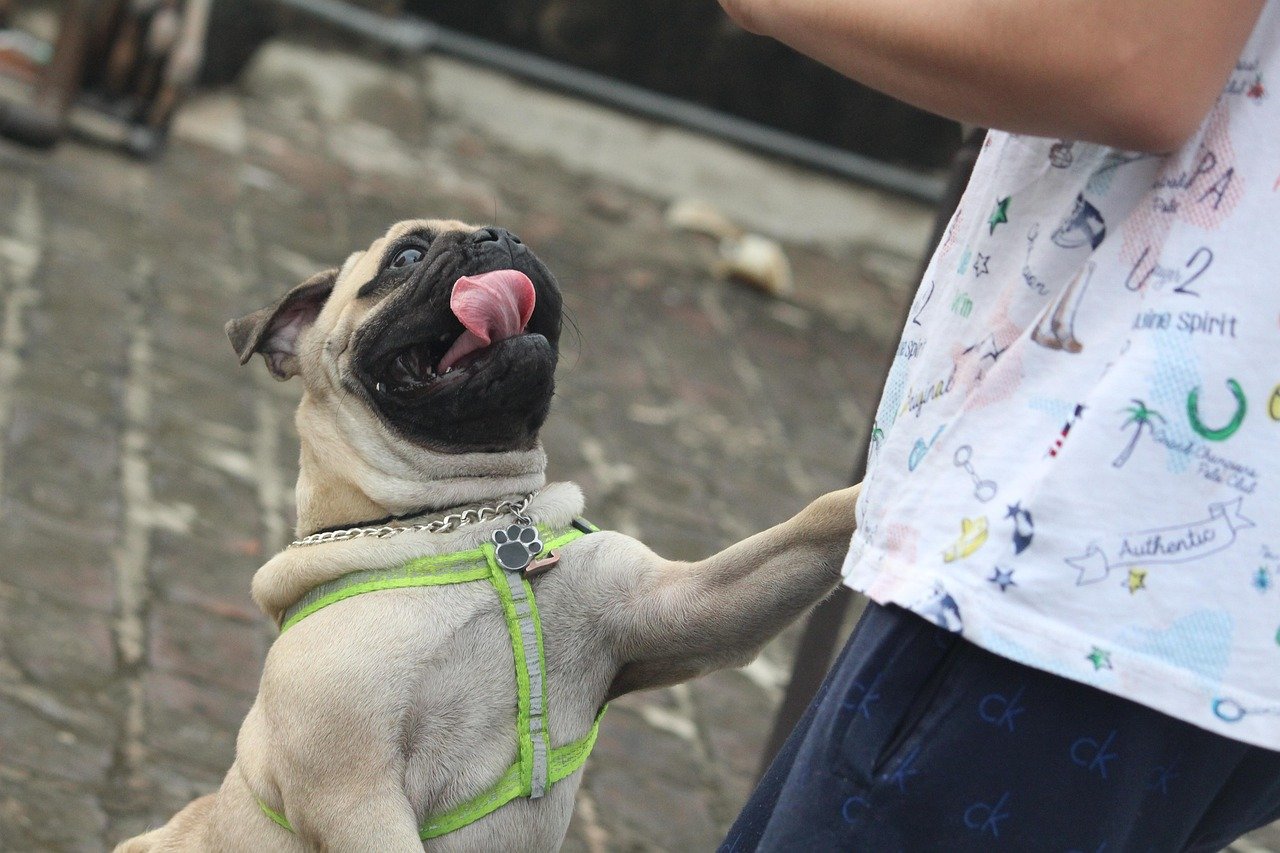
While a dog’s enthusiasm is heartwarming, being greeted with a full-body jump isn’t always fun—especially if you’re holding groceries or wearing nice clothes. Jumping up is usually a sign of excitement and a way for dogs to get closer to your face (where they greet each other in the wild). But for us, it can be overwhelming and sometimes even dangerous, especially with large dogs or young children. It’s a habit that’s hard to break, but remember, your dog isn’t trying to be a nuisance—they just want to say hello in the most direct way they know.
Barking Excessively

Barking is how dogs communicate, but too much of it can really test your patience. Whether it’s the mailman, a squirrel, or just the wind, some dogs seem to have an opinion about everything. Excessive barking can be a sign of boredom, anxiety, or simply a desire for attention. While it’s natural for dogs to alert you to what’s going on, relentless barking can make even the most devoted dog lover cringe. Training and patience are key, but sometimes you just have to take a deep breath and remember—they’re trying to protect you.
Stealing Food From The Table
There’s nothing quite like turning your back for a second and finding your sandwich mysteriously gone. Dogs are opportunistic eaters, and the temptation of human food is often too much to resist. While it’s funny the first time, repeated food theft can be a real hassle, especially if your dog goes after unsafe foods. It’s not personal—they just have an uncanny ability to sniff out snacks. Setting boundaries is important, but so is understanding that your dog is just following their nose (and their stomach).
Chewing On Your Belongings
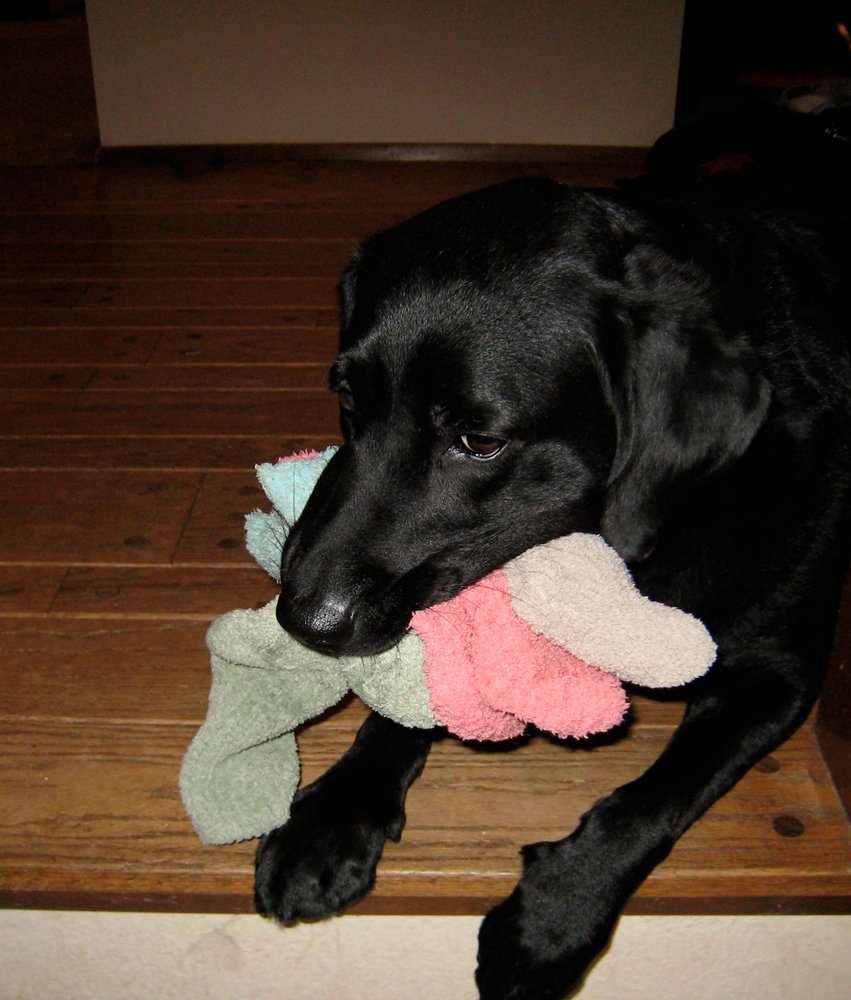
Finding your favorite shoes or the TV remote in pieces is never a good surprise. Chewing is a natural behavior for dogs, especially when they’re puppies or bored. It can be a way to relieve stress, entertain themselves, or just explore their environment. Unfortunately, they don’t always know the difference between a chew toy and your new sneakers. While it’s annoying, chewing is rarely malicious—your dog probably just needs more stimulation or appropriate things to chew on.
Rolling In Smelly Things
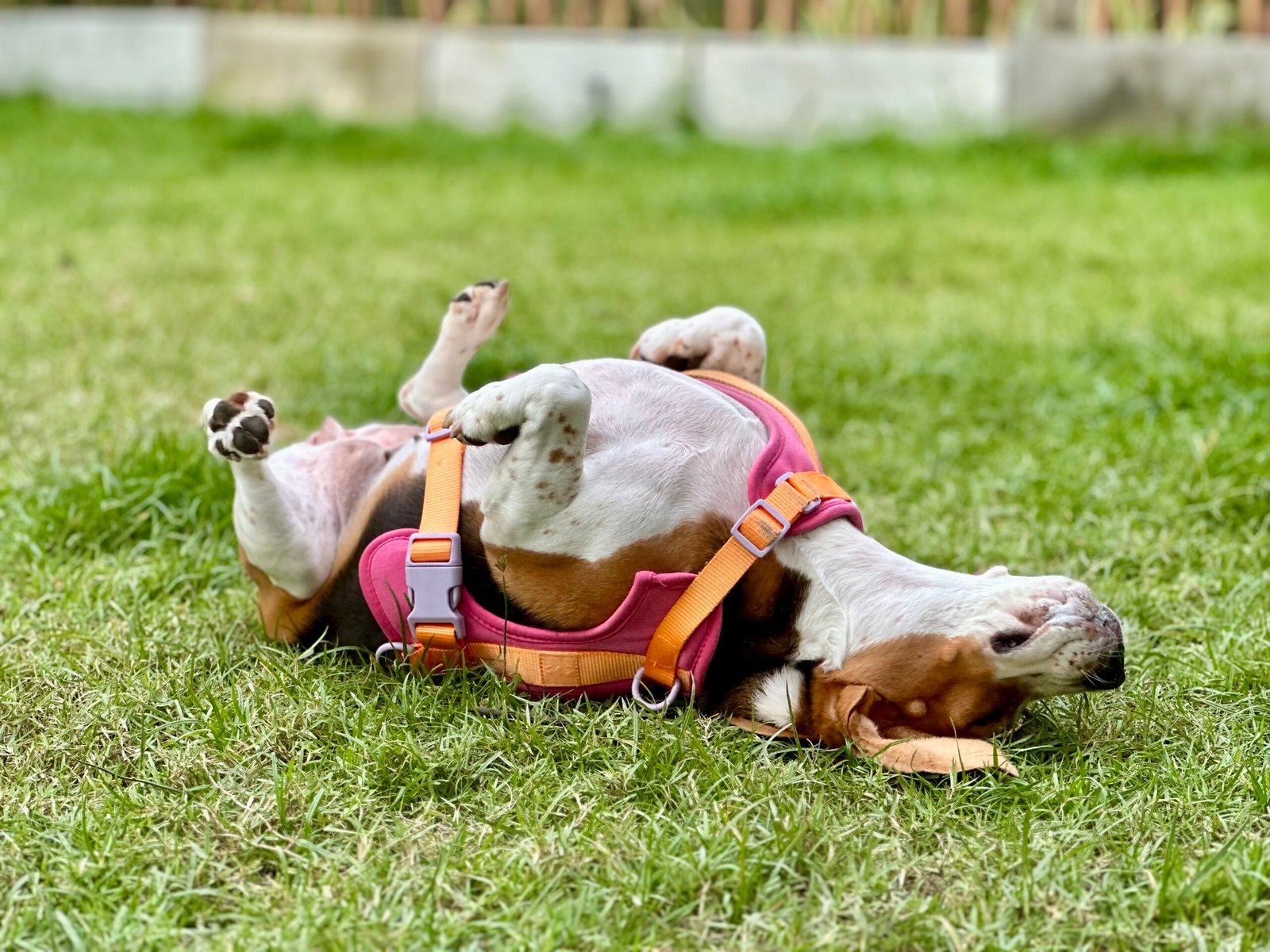
If your dog has ever come back from the yard smelling worse than before, you know the struggle. Rolling in garbage, dead animals, or other mysterious odors is a baffling (and gross) habit. Experts think it’s an instinct left over from their wild ancestors, used to mask their scent for hunting. For us, it’s just a trip straight to the bathtub. While it can be infuriating, your dog likely thinks they’ve just found the best new cologne.
Begging At The Table
Those big, pleading eyes at dinner are hard to resist, but begging can quickly become a nuisance. Dogs are experts at reading human emotions, and they know exactly how to look pitiful enough to get a treat. While it starts as a bonding attempt—sharing food like a pack—it can turn into a nightly annoyance. Breaking the habit takes consistency and willpower, but it helps to remember that your dog is just trying to be included in the family meal.
Digging In The Yard
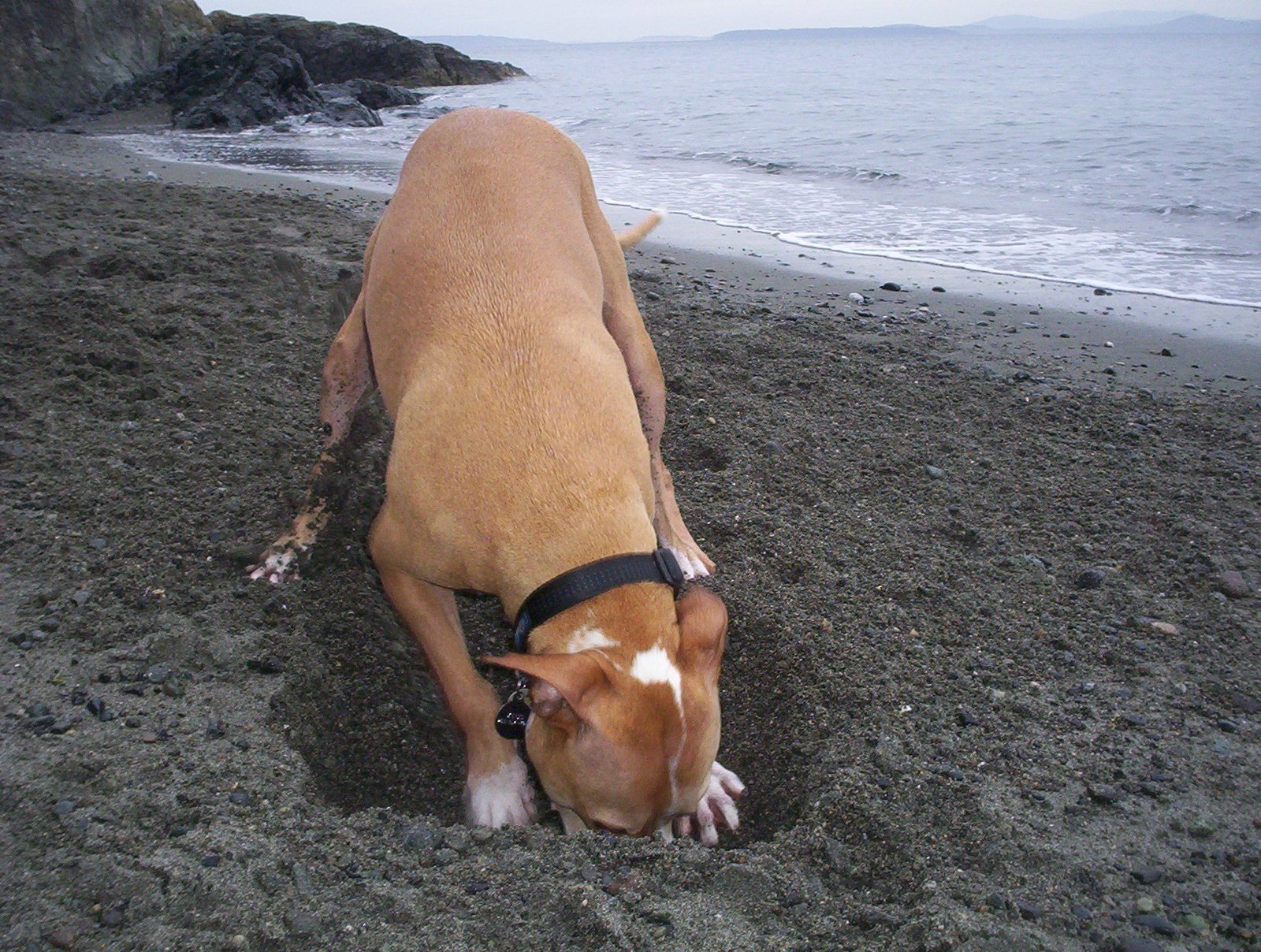
A freshly dug hole in your garden can feel like a personal attack. Digging is a natural instinct for many dogs, whether they’re hiding toys, hunting for critters, or just cooling off in the dirt. While it’s frustrating for homeowners, it’s rarely done out of spite. Dogs dig for fun, comfort, or to burn off energy. Redirecting their digging to a designated spot or providing more exercise can help, but some dogs will always find the call of the earth irresistible.
Your dog’s behavior is a blend of instinct, affection, and personality—and while some actions make your heart melt, others can test your patience. Recognizing which habits are genuine bonding attempts and which are simply quirks that come with the territory can help you respond with more empathy and understanding. After all, even the annoying moments are part of the unique relationship you share. Embracing the full spectrum of your dog’s behaviors brings you one step closer to that unshakable bond they’re always trying to build.

Andrew Alpin from India is the Brand Manager of Doggo digest. Andrew is an experienced content specialist and social media manager with a passion for writing. His forte includes health and wellness, Travel, Animals, and Nature. A nature nomad, Andrew is obsessed with mountains and loves high-altitude trekking. He has been on several Himalayan treks in India including the Everest Base Camp in Nepal.





